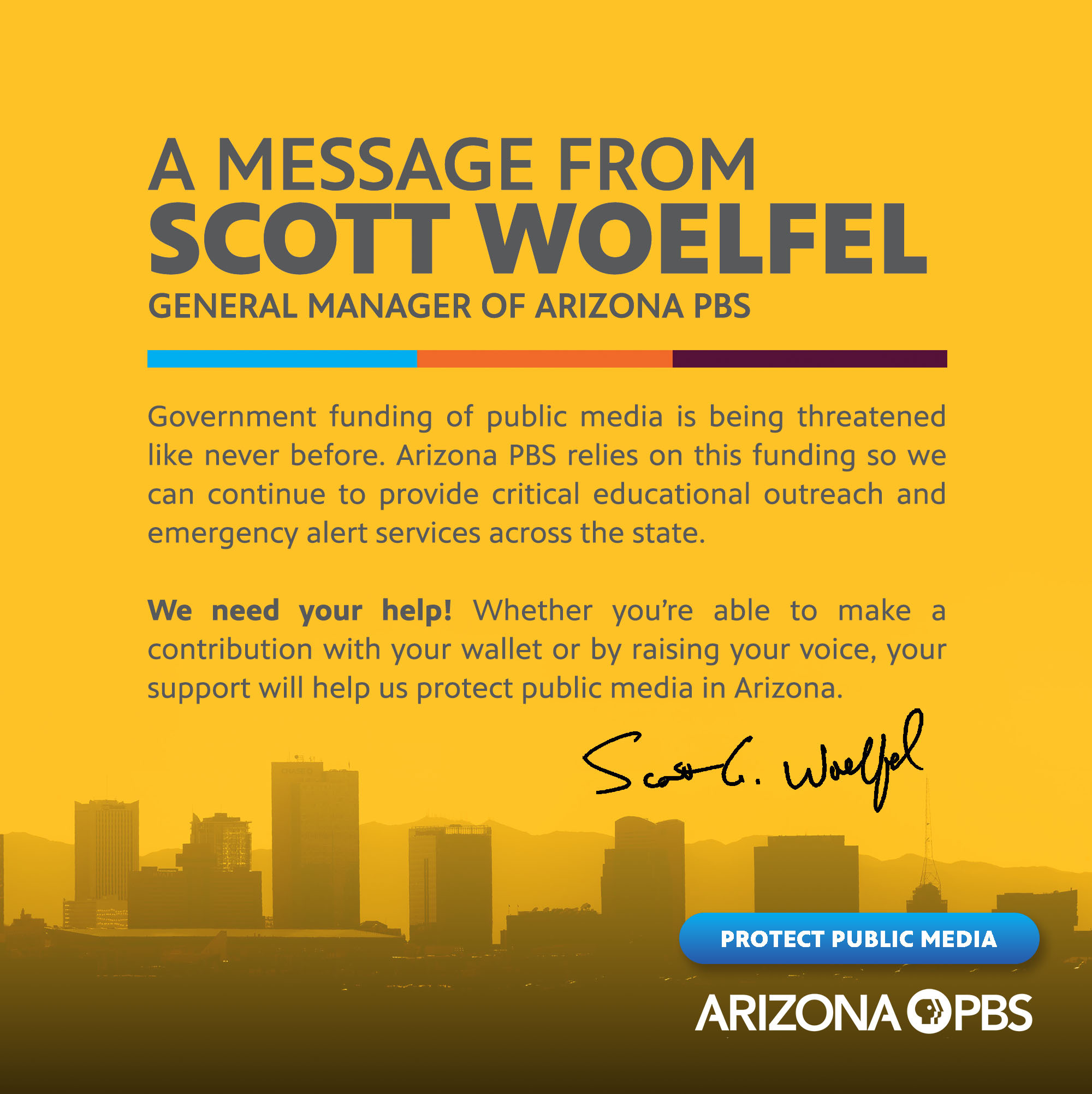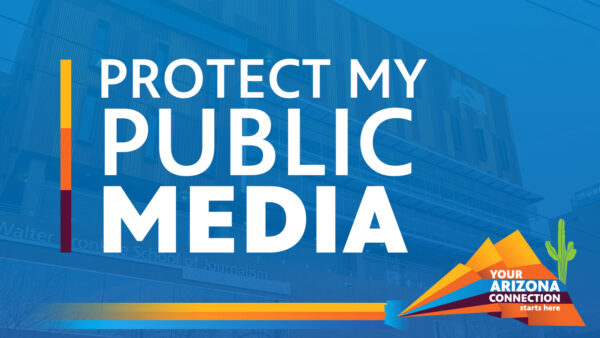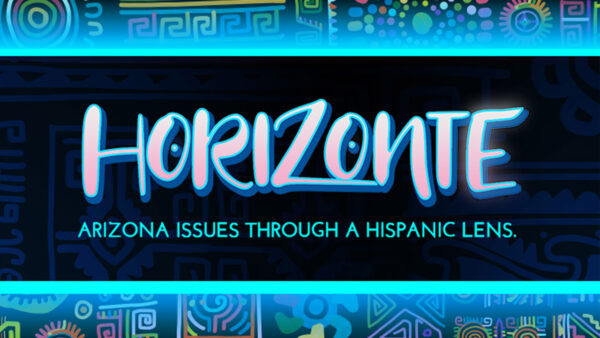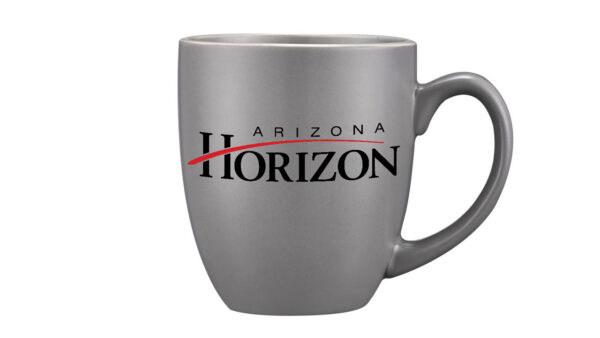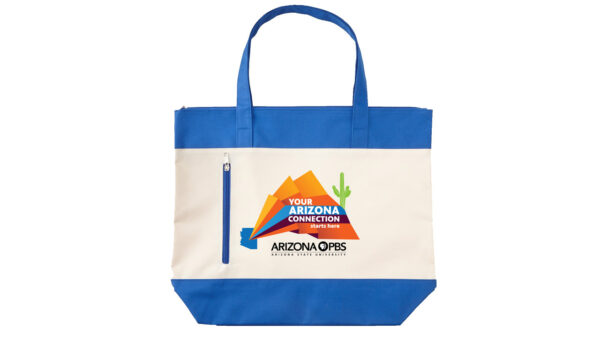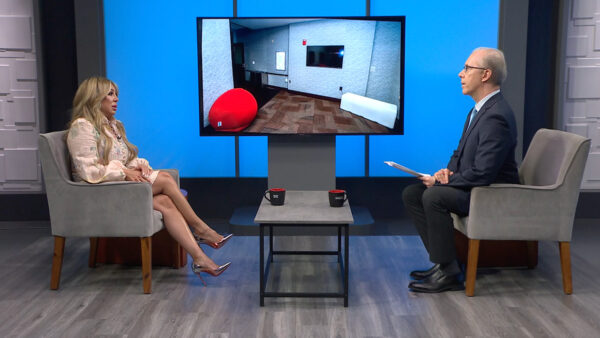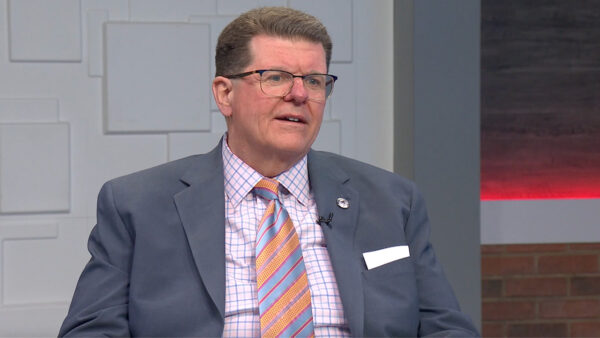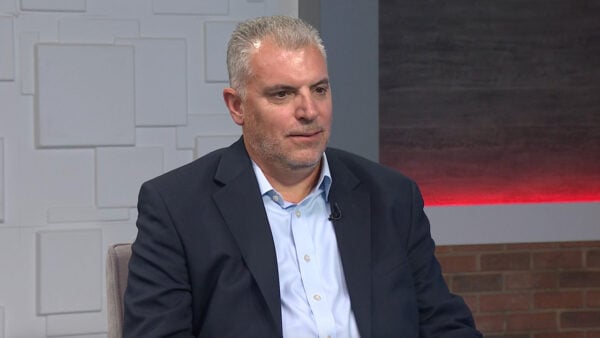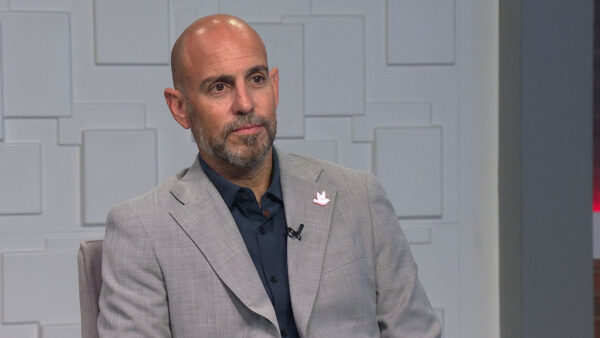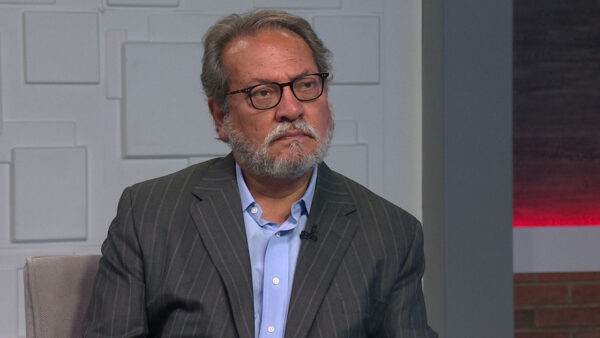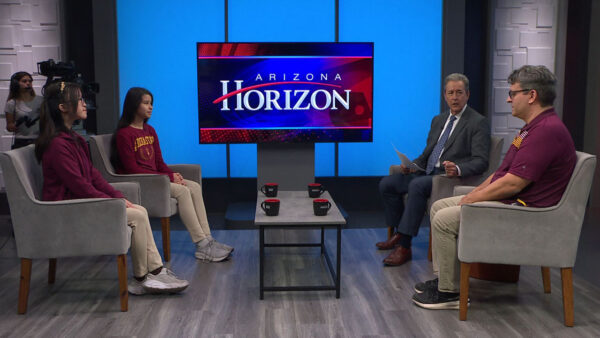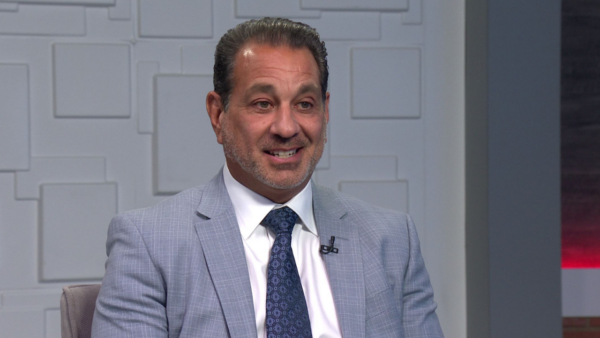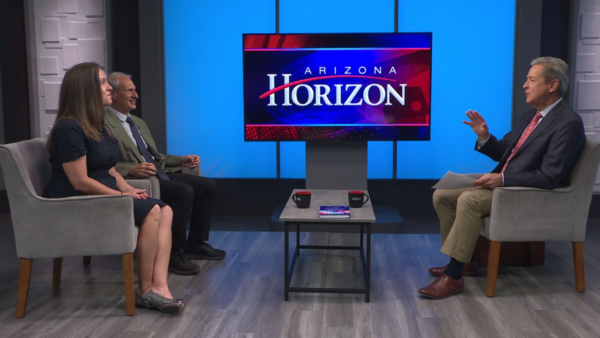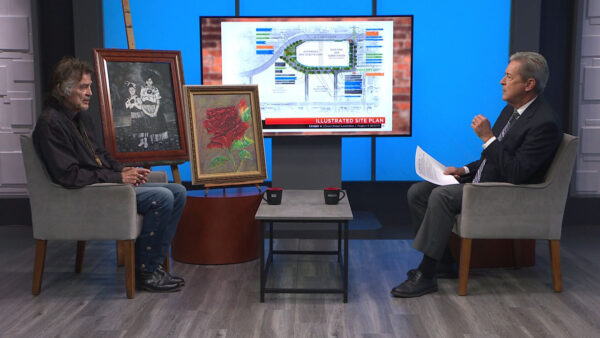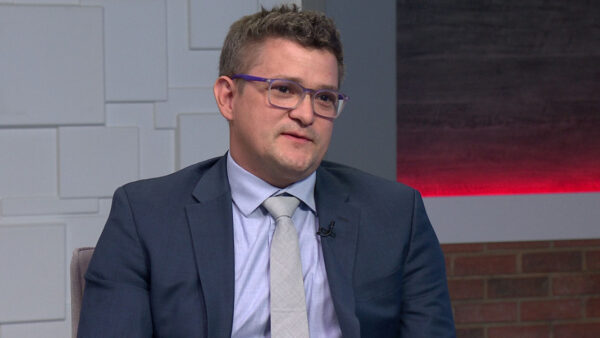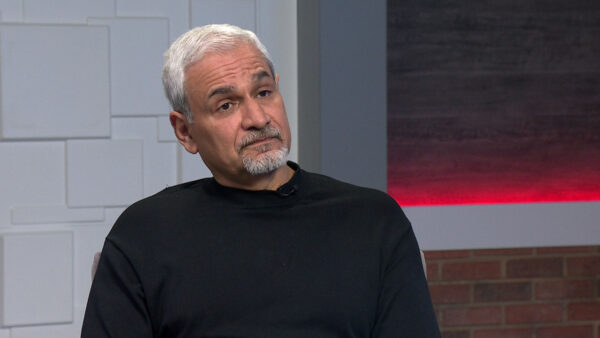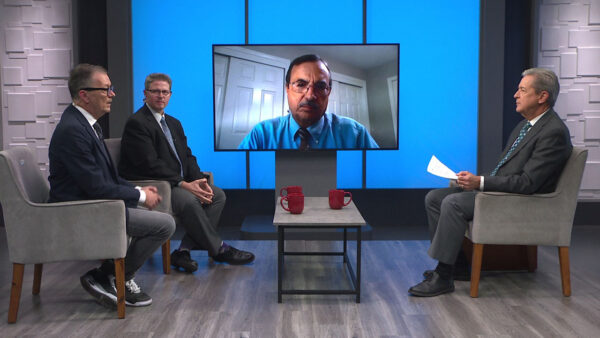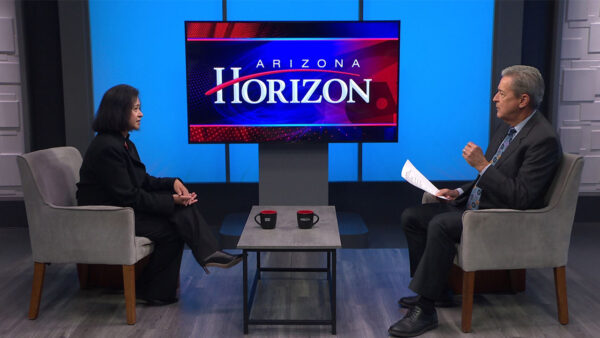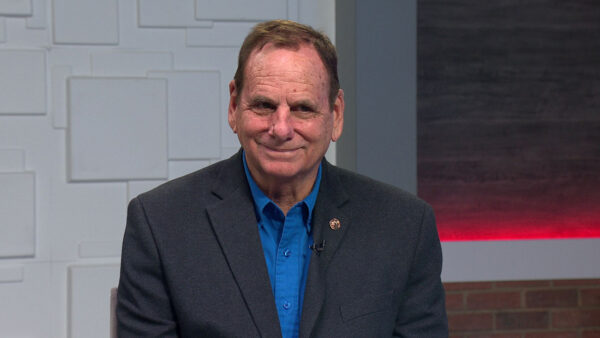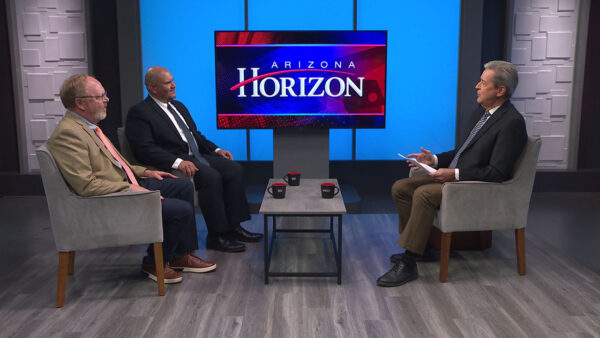Tariff threats
April 2
Dale Rogers, professor at ASU’s W. P. Carey School of Business, joined “Arizona Horizon” to talk about recent tariff talk and what this could mean for Arizonans.
President Donald Trump is set Wednesday to announce a barrage of self-described “reciprocal” tariffs on friend and foe alike. The new tariffs — coming on what President Trump has called “Liberation Day” — is a bid to boost U.S. manufacturing and punish other countries for what he has said are years of unfair trade practices. But by most economists’ assessments, the risky move threatens to plunge the economy into a downturn and mangle decades-old alliances.
“For Canada and Mexico, they weren’t severe,” Rogers said. “A new 34% on China, 90% on Vietnam, these are really tough, and if they are real, which they’re getting to seem more real everyday, this could be bad.”
Rogeres added these new tariffs are much larger than what was expected. He said there is “150 years of economic theory that shows tariffs are bad.” According to Rogers, tariffs have played a role in a sudden event such as the Great Depression. Rogers referenced the impact of the Smoot-Hawley tariffs in 1930.
“I think what they want to do is get rid of income taxes and go back to tariffs, like we did up until 1913, and really that’s a trade where you’re trading a tax on income where people that make more income have to pay more for a consumption tax because that is what a tariff really is,” Rogers said.
Referring back to the first Trump Administration term in 2016, the tariffs did cause harm, however there were so many “carve-outs” that made them not as impactful, Rogers said. It seemed as if they weren’t real. He believes the new tariffs will harm the consumer.
